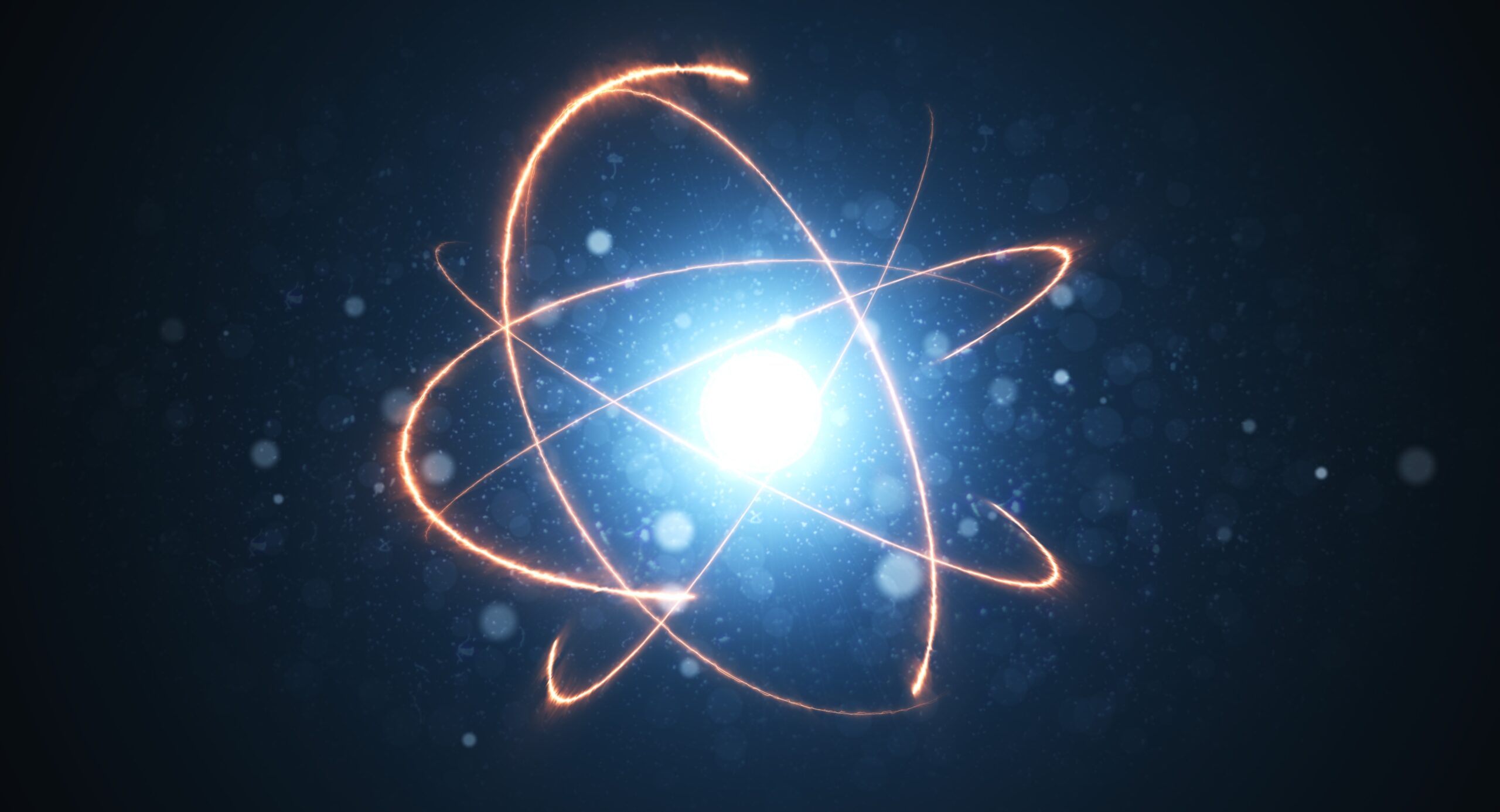GC Gas Chromatography Principles, Applications, and the Role of Nexus Analyticals Private Limited in India
In the world of chemical analysis and laboratory science, Gas Chromatography (GC) stands out as one of the most essential and versatile techniques for separating and analyzing compounds that can be vaporized without decomposition. From pharmaceuticals and petrochemicals to food safety and forensic science, GC plays a crucial role in detecting, quantifying, and identifying volatile and semi-volatile compounds with remarkable precision. As India’s scientific and regulatory landscape evolves, the demand for high-performance GC systems is on the rise — and Nexus Analyticals Private limited is proud to be at the forefront of delivering reliable and advanced GC solutions tailored for Indian laboratories.
What is Gas Chromatography?
The components of a sample are separated into a stationary phase (a liquid or polymer coating inside a capillary column) and a mobile phase (an inert carrier gas like hydrogen, nitrogen, or helium) in the gas chromatography separation process.
When a sample mixture is injected into the GC instrument, it is immediately vaporized and swept through the column by the carrier gas. Each compound in the sample interacts differently with the stationary phase, depending on its boiling point, molecular weight, and polarity, resulting in different retention times — the time it takes for a compound to pass through the column to the detector.
Components of a GC System
A typical Gas Chromatography setup consists of several core components:
Injector Port: Where the liquid sample and gaseous sample is introduced into the system and vaporized.
Carrier Gas Supply: Maintains a consistent flow of inert gas to carry the sample through the column.
Analytical Column: A capillary or packed column where the separation of compounds get takes place and process.
Oven: Maintains and controls the column temperature, often using temperature programming for complex mixtures.
Detector: Devices like Flame Ionization Detectors (FID), Thermal Conductivity Detectors (TCD), or Electron Capture Detectors (ECD) that identify and quantify the separated components.
Data System: Software that processes the detector signal and converts it into a readable chromatogram for analysis.
How GC Works – Step by Step
Sample Injection: A tiny amount of the sample (usually 1 µL or less) is injected using a micro-syringe into the heated injection port.
Vaporization and Transport: The sample vaporizes instantly and is carried through the column by the carrier gas.
Separation in Column: Each component interacts with the stationary phase differently, separating as they move through the column.
Detection and Data Acquisition: Components exit the column at different times and are detected, producing a peak in the chromatogram. The area under each peak corresponds to the concentration of that compound.
Applications of Gas Chromatography in India
The utility of GC in India has expanded across diverse fields due to stricter regulations and quality standards. Some major application areas include:
Pharmaceutical Industry: GC is used for residual solvent analysis, impurity profiling, and quality control in drug manufacturing.
Food & Beverage Testing: Detection of preservatives, flavoring agents, and contaminants such as pesticide residues.
Environmental Monitoring: Measurement of volatile organic compounds (VOCs) in air, water, and soil.
Petrochemicals and Fuels: Analysis of hydrocarbons, aromatics, and additives in petroleum products.
Forensic Science: Identification of toxins, narcotics, accelerants in fire debris, and alcohol in blood samples.
Nexus Analyticals Private Limited – Only we are Delivering Advanced GC Technology in India
The company is committed to delivering high-precision, user-friendly, and cost-effective GC systems designed for Indian laboratories. What sets Nexus apart is its dedication to customer support, technical training, and customized solutions based on specific industry requirements. Whether you’re in pharmaceutical R&D, environmental testing, or academic research, Nexus ensures you have the right GC configuration, software interface, and detector system to meet your analytical goals.
Key Features of Nexus GC Systems
Modular and Compact Design: Optimized for space-saving and efficiency in modern laboratories.
Advanced Temperature Programming: For faster run times and better separation of complex mixtures.
Multiple Detector Compatibility: Including FID, TCD, ECD, and MS (Mass Spectrometry) for enhanced flexibility.
User-Friendly Interface: Powerful data acquisition and interpretation software.
Get Comprehensive Service Network: On-site support, maintenance contracts, and prompt response times across India.
Conclusion
Gas Chromatography remains a cornerstone technique in analytical chemistry, offering unmatched precision for the separation and analysis of complex mixtures. As India’s industrial and scientific sectors continue to grow, so does the need for dependable analytical technologies. With its forward-thinking approach and commitment to quality, Nexus Analyticals Private Limited is not just a provider of GC systems — it’s a partner in scientific excellence. Whether you’re setting up a new lab or upgrading your analytical capabilities, Nexus Analyticals Private Limited is the name to trust for cutting-edge gas chromatography solutions in India.



